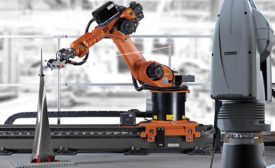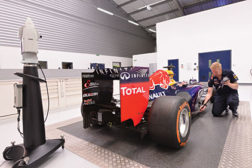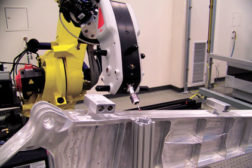Joel Martin
Joel
Martin is a product manager for Leica Geosystems Metrology Division
(Unterentfelden, Switzerland). For more information, e-mail
Joel.Martin@leica-geosystems.com, call +41 62 737 67 88 or visit
www.leica-geosystems.com.
ARTICLES
Large scale metrology grade scanning debuts this year.
Read More
The New Science of Laser Trackers
Today’s enabling technology for “precision anything.”
September 15, 2018
The Real-Time Promise of 7DoF Laser Tracking
A gateway to a new era of automation and factory of the future.
March 1, 2017
Tracking Progress: Re-evaluating Laser Tracker Technology
Handheld probes and scanners drastically expand possible applications
January 1, 2015
Test & Inspection
Metrology Automation is Here and Now
Robots and laser trackers are changing the landscape in manufacturing.
April 1, 2014
Stay in the know with Quality’s comprehensive coverage of
the manufacturing and metrology industries.
eNewsletter | Website | eMagazine
JOIN TODAY!Copyright ©2025. All Rights Reserved BNP Media.
Design, CMS, Hosting & Web Development :: ePublishing


